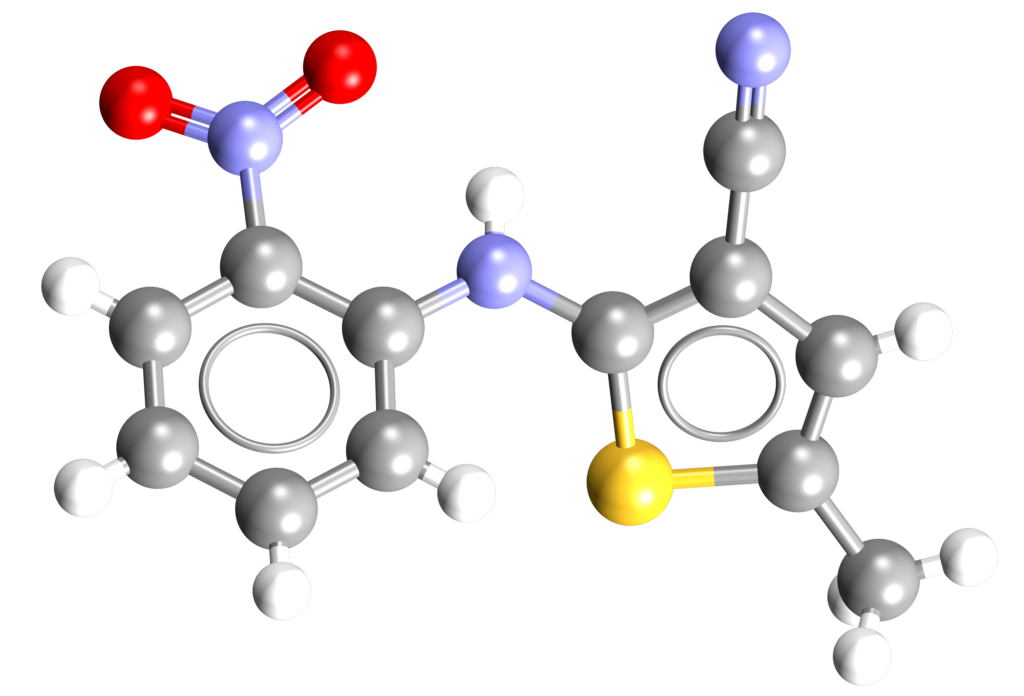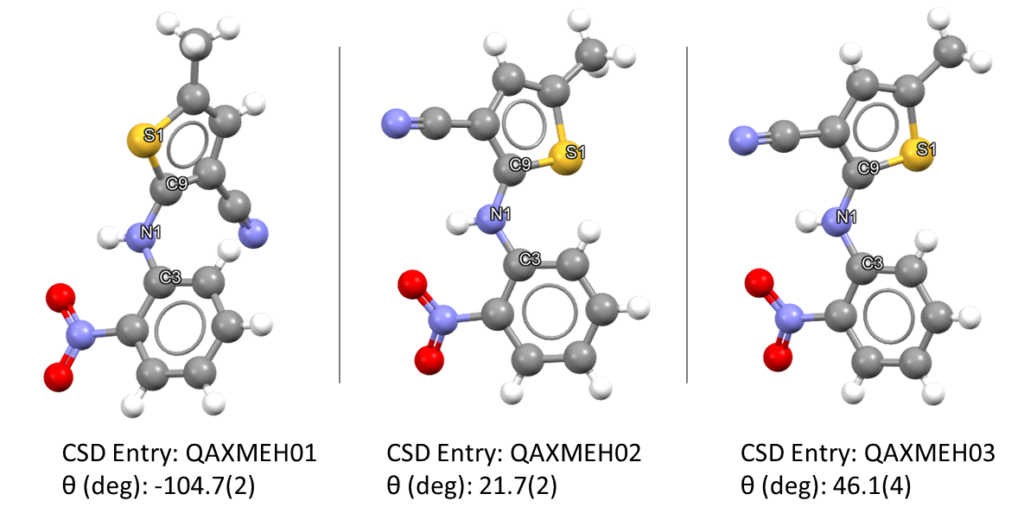High-Throughput Crystallization Screening with Transmission PXRD Analysis
Based on the article “High-Throughput Crystallization Screening Technique with Transmission PXRD Analysis”, this blog highlights research into crystal screening strategies involving a new workflow that uses the curated data from the Cambridge Structural Database (CSD).
Introduction
The generation and identification of crystalline materials of active pharmaceutical ingredients (APIs) or synthetic intermediates is a fundamental step in drug development.
High-throughput crystallization has evolved to develop crystallization screening strategies that deliver reliable, valuable, and consistent results. They include sophisticated workflows that integrate parallel crystallization vessels, analytical techniques, and advanced software.
Developing a Reproducible Workflow
The scientists focused on developing a reproducible workflow to perform small-scale crystallization screening that includes single-crystal X-ray diffraction (SCXRD) and powder X-ray diffraction (PXRD in transmission mode) analyses.
The molecule tested in the high-throughput crystallization workflow is 5-methyl-2-[(2-nitrophenyl)amino]-3-thiophenecarbonitrile (ROY, Figure 1), which is known to be highly polymorphic. The workflow is hence transferrable to scientists working in synthetic organic chemistry.

Method
ROY was treated as an API with unknown solubility. A stock solution of ROY was prepared, which was then charged in small aliquots to an array of 96 vials. The solvent was then evaporated to dryness, followed by the addition of the crystallization solvent(s). The samples were then subjected to a thermal cycling treatment and aging process.
A Polarized Light Microscopy (PLM) instrument was used at this point to collect images of the standard screening array, performing a crystallographic evaluation. Crystals with sufficient large dimensions (0.1-0.5 mm), with well-defined faces, that extinguished plane-polarized light when rotated, and that did not show evidence of twinning or splitting were chosen. Three polymorphs of ROY were analysed by SCXRD.
The solutions were then mixed within the vials by tumble agitation and the slurry was transferred onto a PXRD stage filter. The PXRD analyses were performed in transmission mode, and different loadings of ROY were explored to collect the PXRD data.
Results and Discussion
The crystallization screening needed to be adaptable to various substrates with unknown solubility. The choice of solvents and solvent combinations was purposely broad: solvents with varying polarities and solubilities were investigated, ranging from pure heptane to pure water, with many variations in between.
The second important aspect of a small-scale crystallizer platform is the choice of the plate, which was in this case equipped with 96 vials. The removable sealing septum minimized the solvent loss within the vials during thermal cycling, and the vial design enabled the collection of PLM images directly on the plate.
Reproducibility
The reproducibility of the method was tested by 4 different scientists who replicated 6 plates of ROY. In >85% of the cases, the screening method gave consistent results, with only 13 plates out of 96 giving variable results.
CSD in Action
To compare the three polymorph structures of ROY that were obtained from the high-throughput crystallization plates, the group accessed the Cambridge Structural Database (CSD) and found that ROY had 62 deposited polymorphs. Among those, the structures obtained in this work were identified as the deposited polymorphs with CSD Entries QAXMEH01, QAXMEH02, and QAXMEH03 (Figure 2). Further evaluation was performed by comparing the R-values of the experimental structures with the ones deposited in the CSD, confirming that they were within the expected ranges.

Last Steps
The collection of transmission mode PXRD data compared the bulk composition of the crystalline material with the known ones in the literature, providing fundamental information regarding the distribution of forms present on the plates.
Conclusions
The protocol reported evaluates small-scale crystallizations of organic molecules reliably and consistently, simultaneously exploring multiple crystallization solvent systems and performing SCXRD and PXRD analyses.
Next Steps
To discuss further and/or request a demo with one of our scientists, please contact us via this form or .